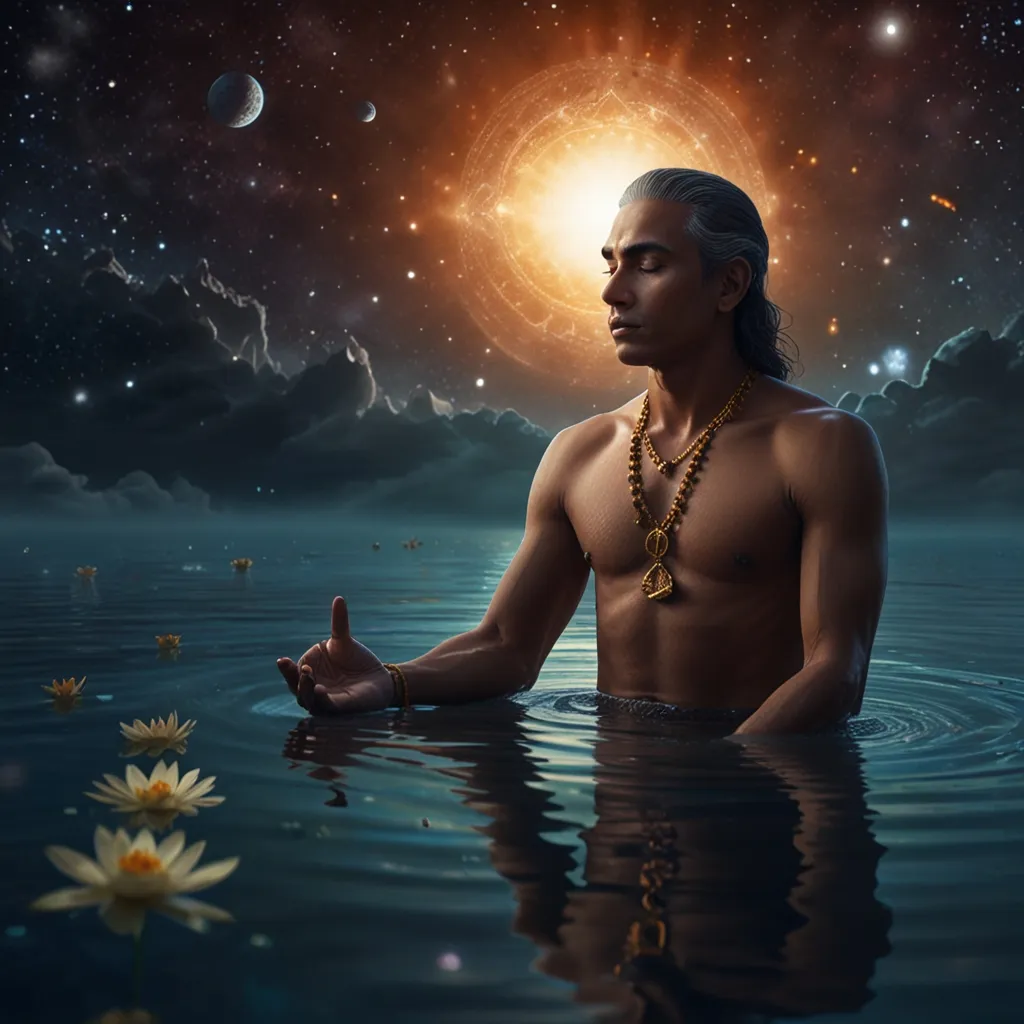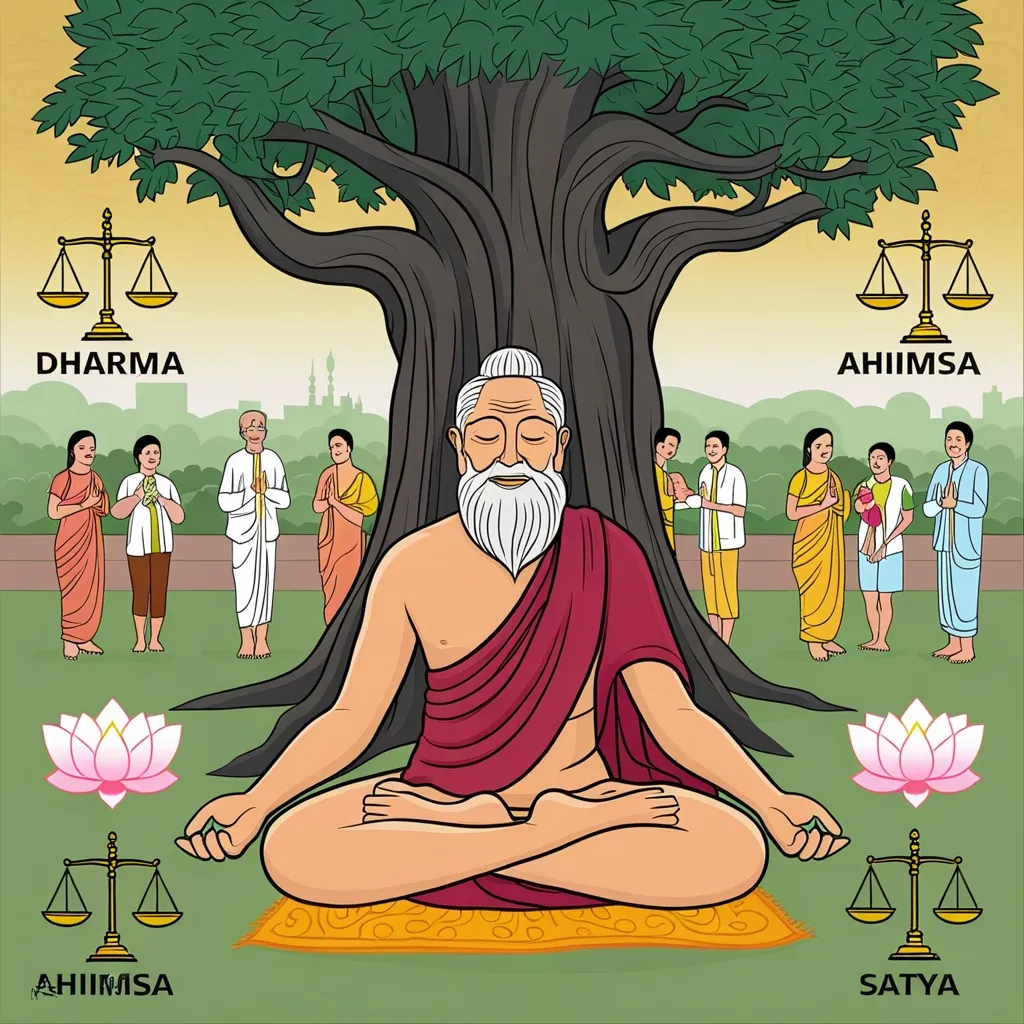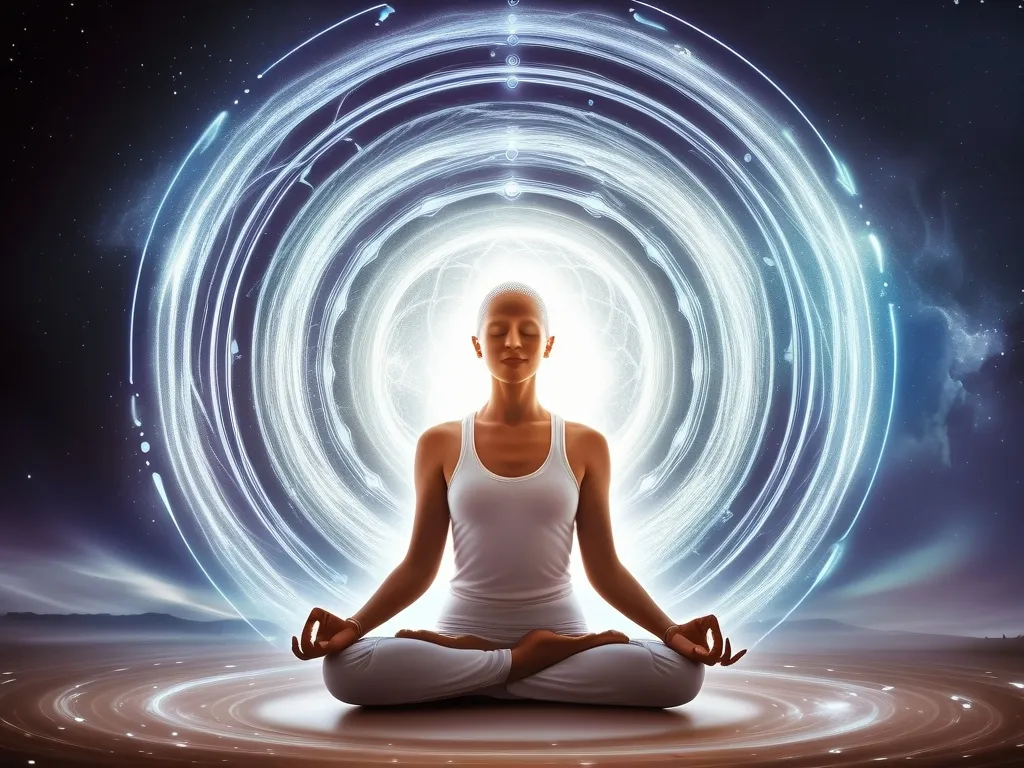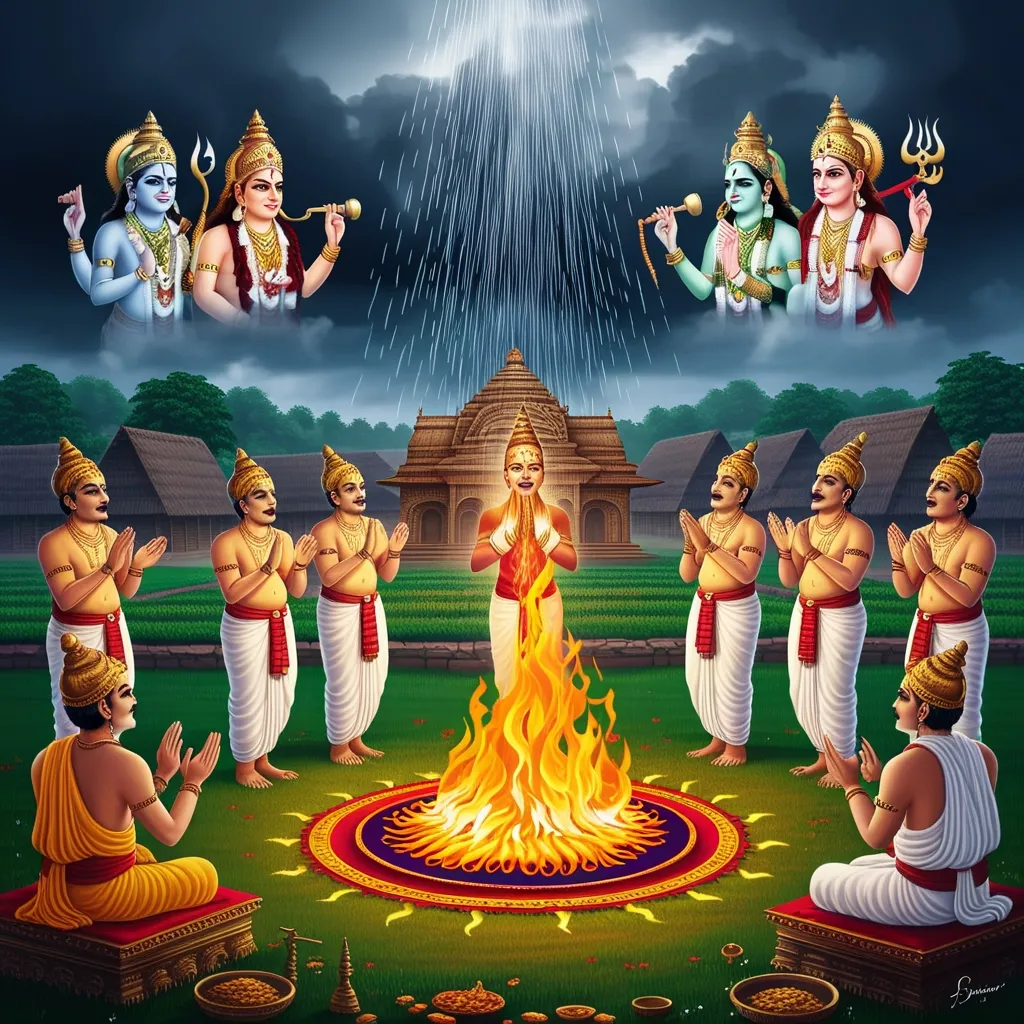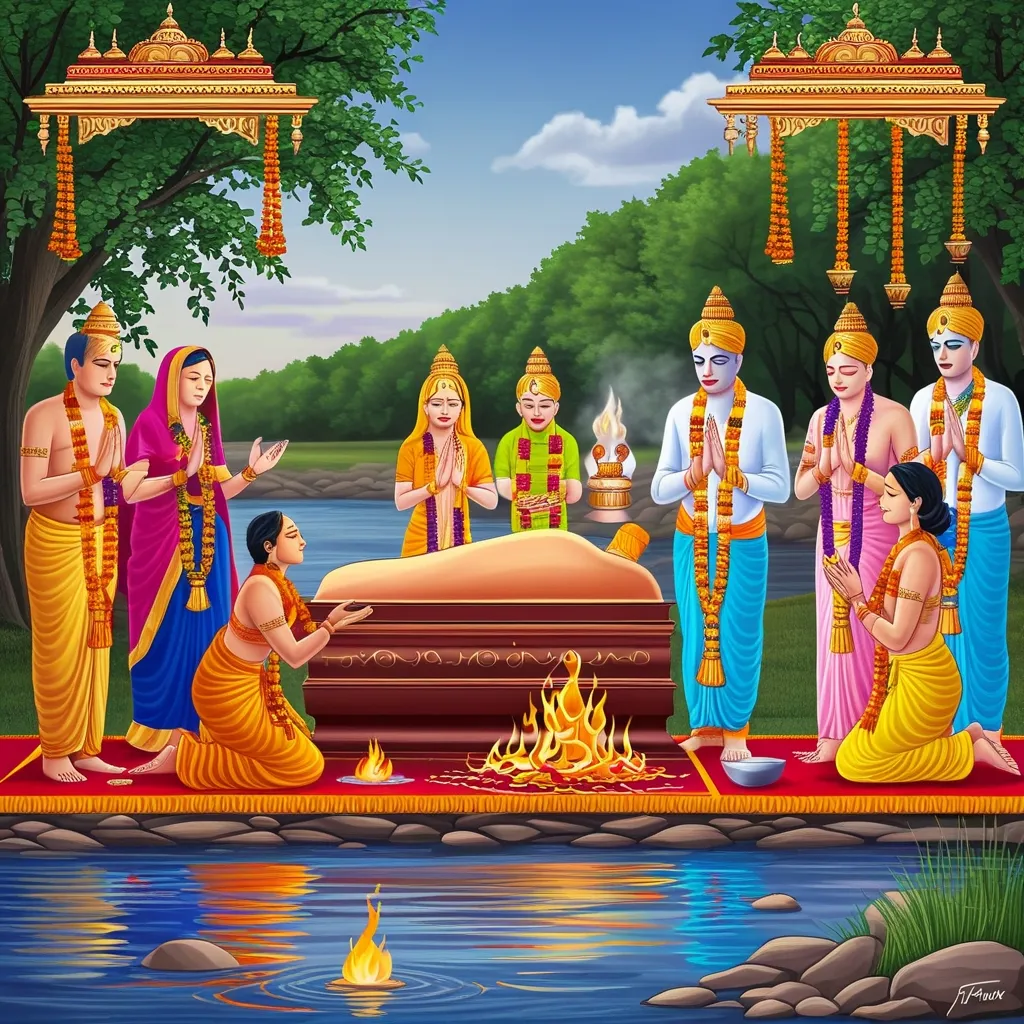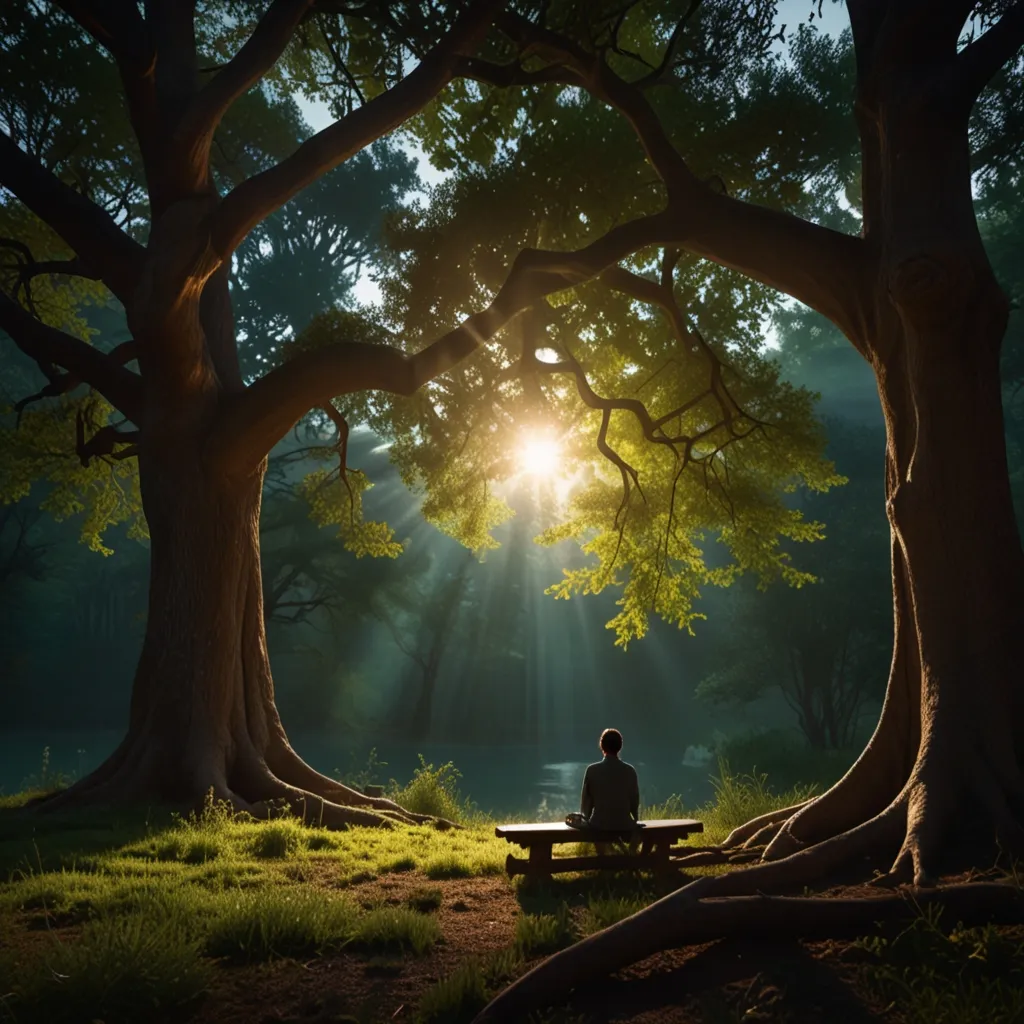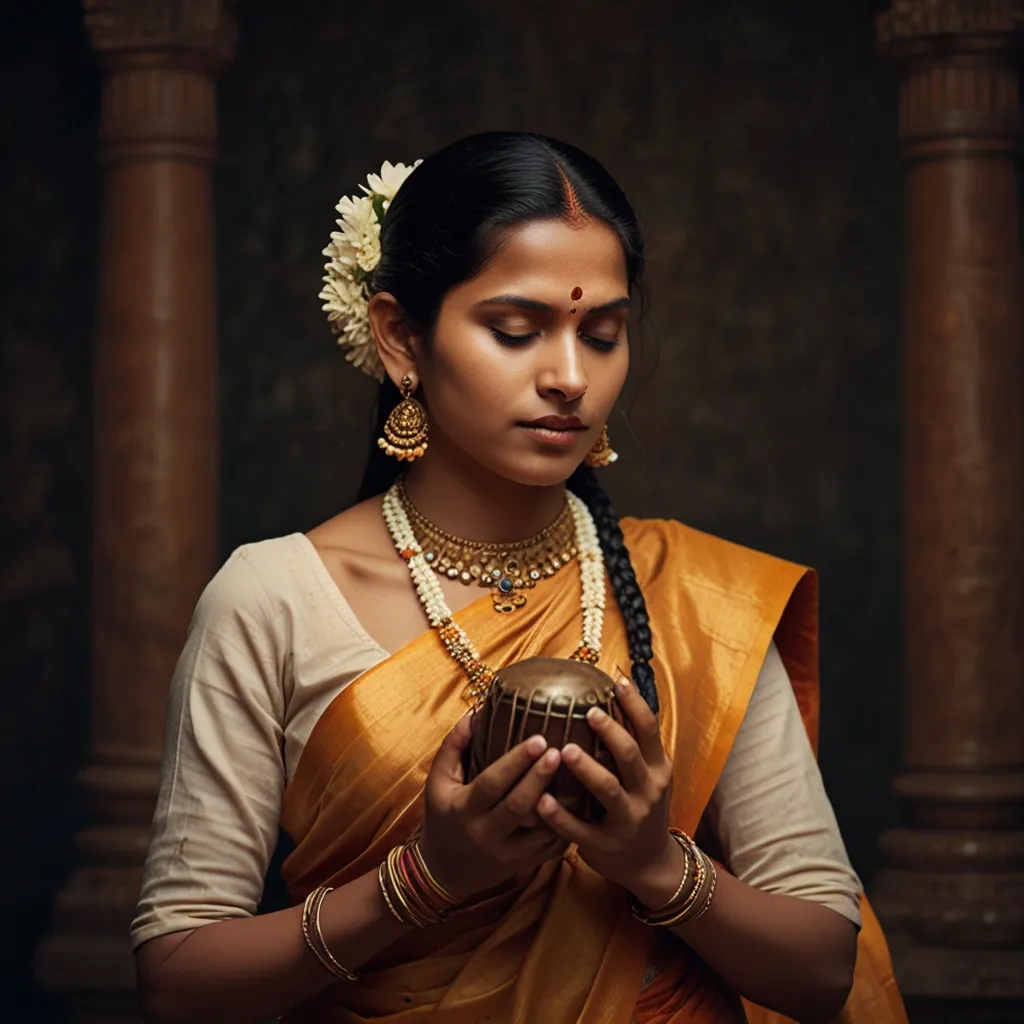In Hinduism, grasping the ideas of Atman and Brahman is key to understanding the self and the universe. Atman is the individual soul, while Brahman is the ultimate reality that encompasses everything. Their relationship is complex but beautifully explored in Hindu scriptures.
Atman is considered the eternal core of a person, beyond the physical body. It’s tied to the concept of reincarnation, where the soul carries karma into a new life after death. Hindus aim to achieve Moksha, a state where the soul merges with Brahman, escaping the cycle of rebirth.
Brahman stands as the supreme, all-pervading force that sustains the universe. It’s seen as the creator, sustainer, and destroyer, an unchanging essence beyond human understanding.
The bond between Atman and Brahman is both one of unity and apparent duality. In Advaita Vedanta, a major school of Hindu philosophy, Atman and Brahman are seen as identical. The phrase “Tat Tvam Asi” or “That Thou Art” captures this, suggesting that the individual self is an integral part of the ultimate reality.
However, this unity isn’t always clear due to Maya, or the illusion of separation. This illusion binds the self to the cycle of birth and death. Hindu spirituality often revolves around realizing the true unity of Atman and Brahman through meditation, self-inquiry, and devotion.
The Upanishads, ancient Hindu texts, use analogies to depict this relationship, like a fig seed holding potential for a tree or a water drop being part of the ocean. These images help illustrate that the soul shares the essence of Brahman.
Practically, this means each person has the potential to realize their true nature as part of Brahman. This isn’t just philosophical but a transformative experience fostering compassion, wisdom, and peace.
Achieving this realization is challenging and requires overcoming ignorance, ego, and attachment. Hindu teachings, like those in the Bhagavad Gita, guide followers through various paths to self-realization, including devotion, knowledge, and action.
In a nutshell, the relationship between Atman and Brahman is a deep and multifaceted journey of self-discovery and spiritual growth. It’s central to Hindu philosophy and spirituality, offering a pathway to liberation and unity with the divine.
